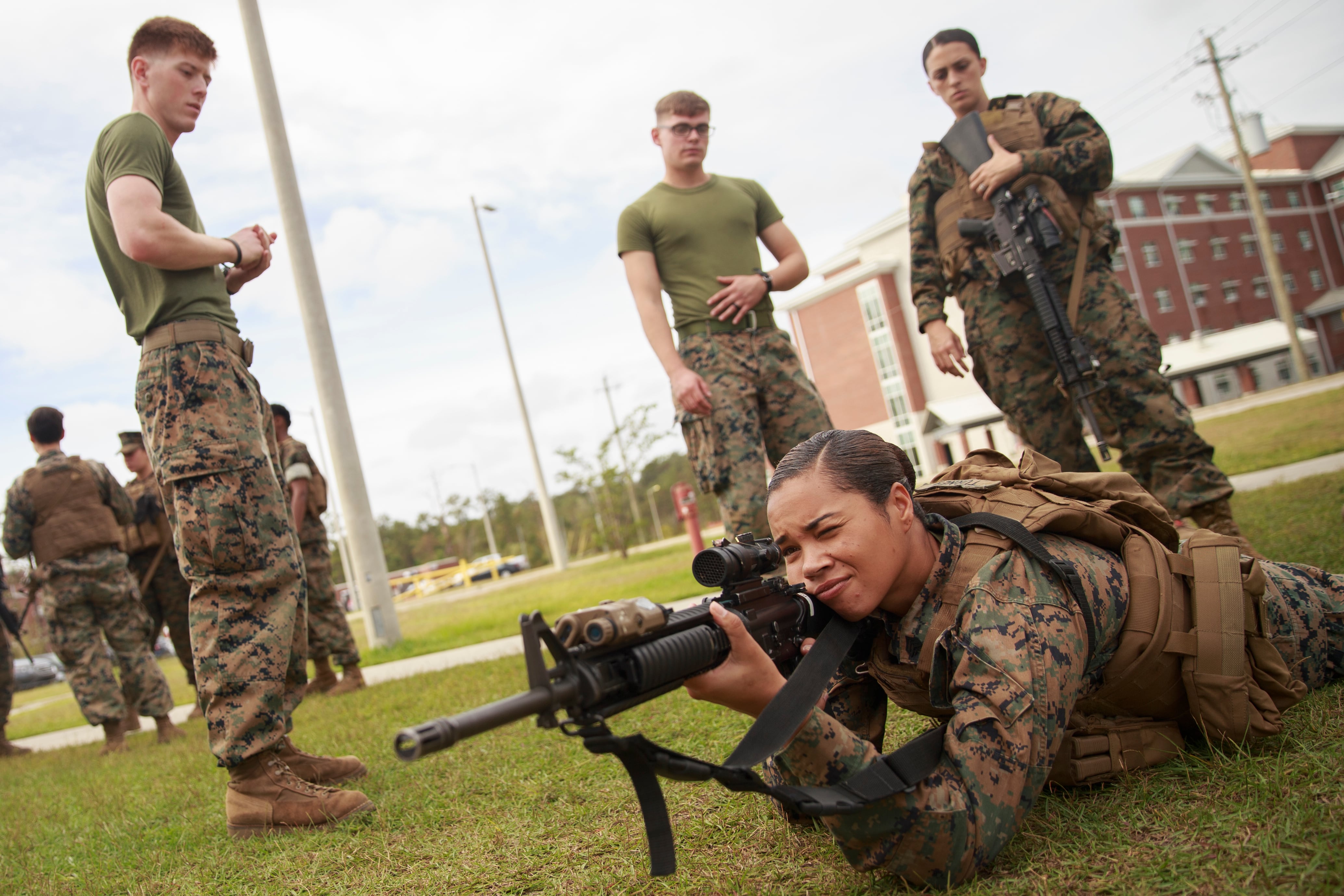The future of the Selective Service System could be decided in the next three months.
This week, the 11 members of the National Commission on Military, National and Public Service held public hearings on questions surrounding the nation’s draft registration program, including whether to add women to those lists and whether to scrap them entirely.
The event was part of a series of 14 planned events to gather public comments on the ideas in advance of July, when the commission is scheduled to vote on a number of potential changes to the system.
Those decisions won’t be made public until early 2020, after the commission staff compiles a lengthy report for Congress on how to implement their recommendations. Lawmakers will have to weigh whether to adopt or reject them, but will lean heavily on the commission’s work in making their decision.
RELATED

On Thursday, commission chairman Dr. Joseph Heck said the goal of the work isn’t to find popular consensus on changes but instead “what is the best answer for the needs of the nation.”
The idea of registering women for a possible future draft has drawn heated debate in recent months, particularly since a federal district court ruled in February that the male-only draft is unconstitutional. The White House is appealing that decision.
But Heck acknowledged that isn’t the only heated issue among the commission’s work in coming weeks. Here are three major questions the commission will work to answer in the months to come:
Do we still need a Selective Service System?
The Defense Department thinks so. Acting Under Secretary for Personnel James Stewart testified that while the military “has no battle plans that envision mobilization plans (for conflicts) beyond the all-volunteer force,” he argued that having a contingency draft process in place in case of a catastrophic emergency represents an important safety net for the country.
System officials are planning for a $26 million budget next year, a figure that has risen only a few million over the last three decades. Selective Service Director Donald Benton called it “a bargain for taxpayers” and “America’s insurance policy against unexpected emergencies.”
Critics have questioned whether the system as constituted today could mobilize conscripted citizens in a speedy manner, something Benton insisted it can. Conscientious objectors have long argued for abolishing the process altogether, and used the recent hearings to renew those concerns.
Federal officials pushed back on several suggestions that the system could be shut down and reconstituted later on, saying that such a restart would significantly slow down mobilization efforts.
Should women have to register for the draft?
Supporters of the idea called the question a non-issue. “This is ignoring the fact that women are already performing in combat,” said retired Army Lt. Gen. Flora Darpino, who worked as a Judge Advocate General of the service.
Stewart dismissed concerns that adding women to potential draft lists would lessen military readiness, noting that female service members are already helping increase the “lethality” of the force.
But opponents questioned that assessment, asserting that women are less likely to meet physical fitness requirements and are more likely to face injury in military training. Committee members also heard numerous religious objections to the idea as well.
“(This idea) is going against the order of nature … consigning (women) to jobs outside of hearth and home,” said Mark Coppenger, professor at Southern Baptist Theological Seminary.
The move to open all combat jobs to women in the ranks has eroded most of the legal precedent for barring women from the Selective Service System. Still, commission members have acknowledged the political and social questions surrounding such a change.
Should Selective Service just be about the military?
The commission’s mandate includes debate over the role of public service in American life, and panel members have discussed replacing or supplementing the draft registration process with other service opportunities.
Commissioners asked Benton if the signing up could also be combined with other civic duties, like registering to vote. His answer: “Yes, if we got funding for it.”
He emphasized that the system today is already operating at maximum capacity, with a 124 full-time employees supplemented by 11,000 local volunteers nationwide.
Adding into the system enhanced recruiting tools for the military, or possible public service options with organizations like the Peace Corps or Teach America, could have valuable ramifications for the country but would require a massive retooling of the existing system, Benton said.
The idea also got lukewarm reception from conscientious objectors, who said any requirement to register for activities possibly connected to military service may run afoul of their beliefs.
Leo covers Congress, Veterans Affairs and the White House for Military Times. He has covered Washington, D.C. since 2004, focusing on military personnel and veterans policies. His work has earned numerous honors, including a 2009 Polk award, a 2010 National Headliner Award, the IAVA Leadership in Journalism award and the VFW News Media award.





